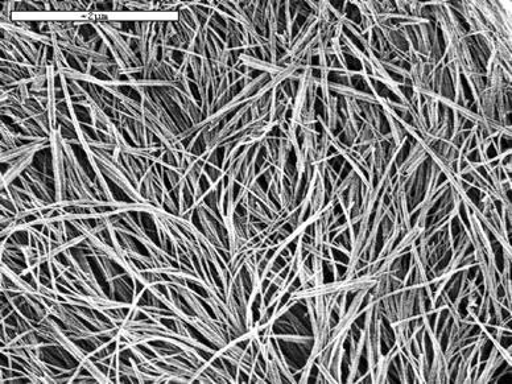
Bose-Einstein condensation is a dramatic phenomenon in which many particles act as though they were a single entity. The first Bose-Einstein condensate produced in the laboratory used rubidium atoms at very cold temperatures—work that was awarded the 2001 Nobel Prize in physics. Other materials, like superconductors, exhibit similar behavior through particle interactions.
These systems typically require temperatures near absolute zero. But Ayan Das and colleagues have now used a nanoscale wire to produce an excitation known as a polariton. These polaritons formed a Bose-Einstein condensate at room temperature, potentially opening up a new avenue for studying systems that otherwise require expensive cooling and trapping.
Bosons are part of a large class of particles that can have the same quantum configuration or state. This is in contrast to the fermions, the category including electrons, protons, and neutrons, which resist having the same state. (This resistance, known as the Pauli exclusion principle, leads to the presence of different energy states, or orbitals, occupied by the electrons of atoms.) At extremely low temperatures, bosons can coalesce into a single quantum system known as a Bose-Einstein condensate (BEC), named for Satyendra Nath Bose and Albert Einstein.
Many atoms are bosons, though this characteristic doesn't generally make any difference except at high density or very low temperatures. However, thanks to the wonders of quantum physics, interactions within materials can produce quasiparticles. These are excitations that act like particles, but don't exist independent of the medium in which they occur.
As with normal particles, quasiparticles are either fermions or bosons, obeying the same general rules as their free cousins. For example, one widely accepted model for superconductivity describes the phenomenon as a Bose-Einstein condensation of quasiparticles formed by pairs of electrons. As with atomic BECs, quasiparticle BECs tend to form under very cold temperatures.
Another quasiparticle can be formed by the interactions between photons and excitations in a material. The resulting polaritons are low-mass bosons that should be able to condense at higher temperatures—possibly including room temperature. One signature of a polariton BEC is the production of coherent light—effectively, the quasiparticles act like a laser. Several experiments have created polariton BECs, though still at relatively cold temperatures.
The current study embedded a very thin wire—a nanowire—in a cavity designed to produce standing waves of microwave photons. The nanowire was an alloy of aluminum, gallium, and nitrogen, but with varying amounts of aluminum. The irregular composition created a de facto "trap" for the polaritons. A wire of uniform composition couldn't form a BEC—fluctuations within the material would destroy the condensation, even at low temperatures.
To bypass this, the researchers gradually decreased the amount of aluminum in the alloy to zero in the center of the nanowire, then bookended the aluminum-free segment with a region containing a relatively high amount of aluminum. The microwaves from the cavity interacted with the material, generating polaritons. These drifted preferentially along the wire toward the aluminum-free zone, where they collected and condensed.
In other words, the electronic properties of the material itself replaced the need for cooling, allowing the quasiparticles to gather and condense into a BEC. The experimenters confirmed this effect by detecting the telltale light emission.
This experiment marked the first room-temperature BEC ever observed in the laboratory. While the authors didn't suggest any practical application, the potential for studying BECs directly is obvious. Without the need for cryogenic temperatures or the sorts of optical and magnetic traps that accompany atomic BECs, many aspects of Bose-Einstein condensation can potentially be probed far less expensively than before.
PNAS, 2013. DOI: 10.1073/pnas.1210842110 (About DOIs).
reader comments
37